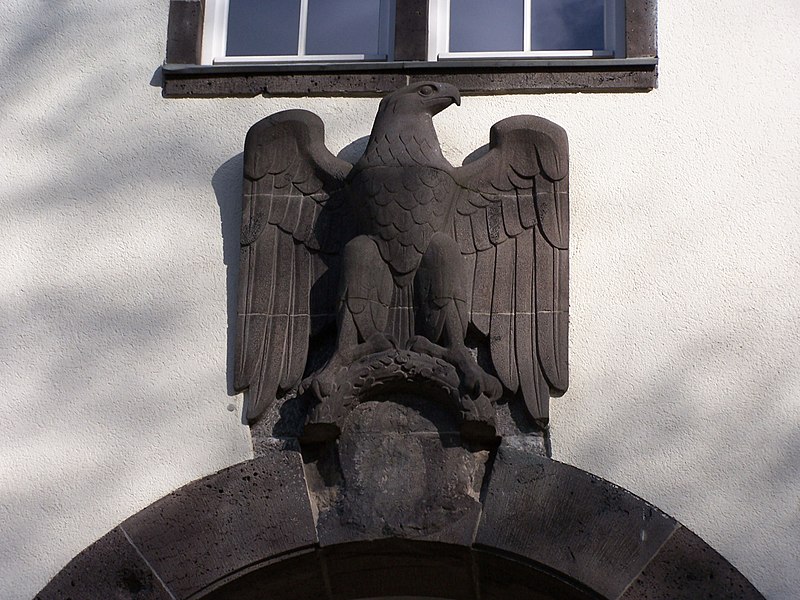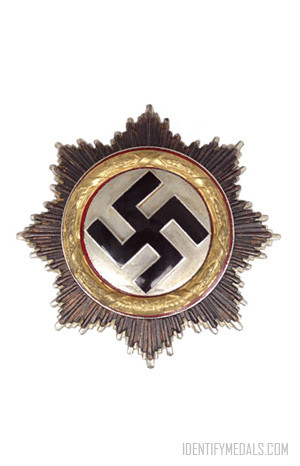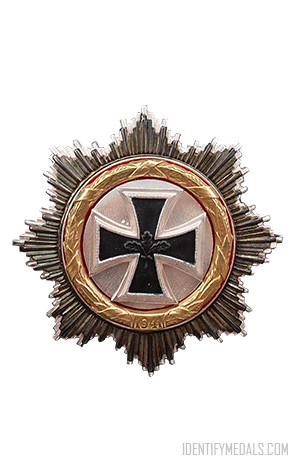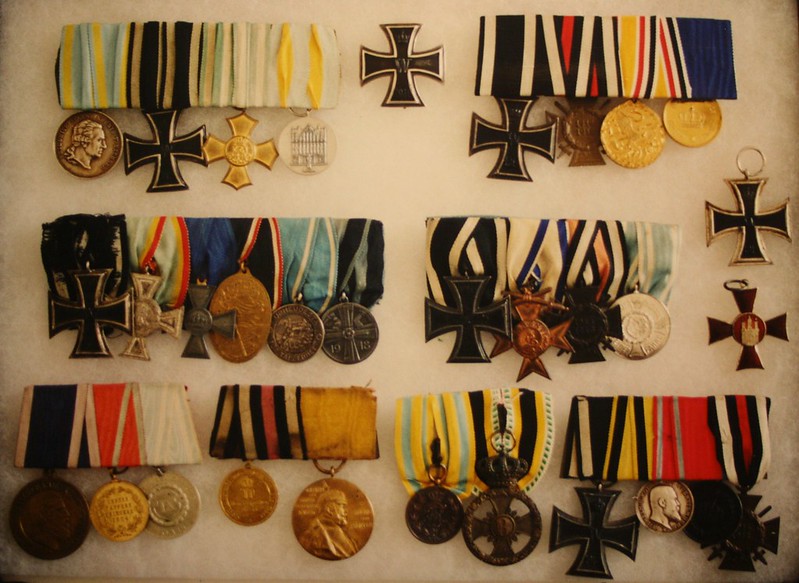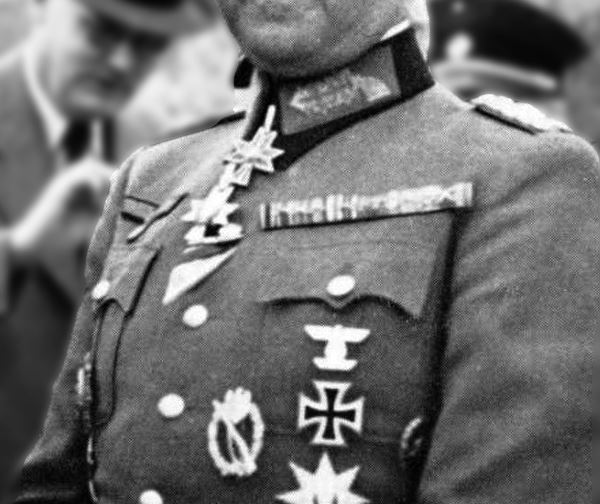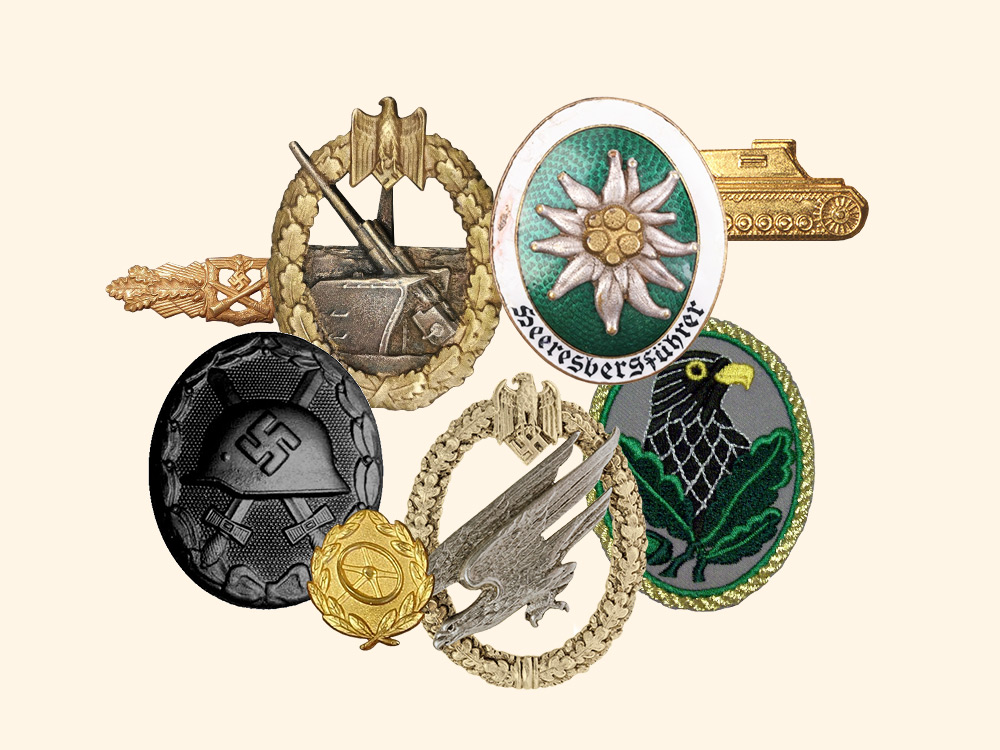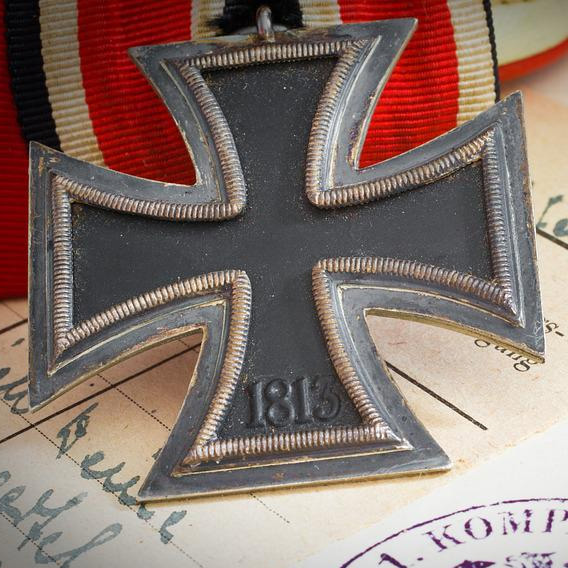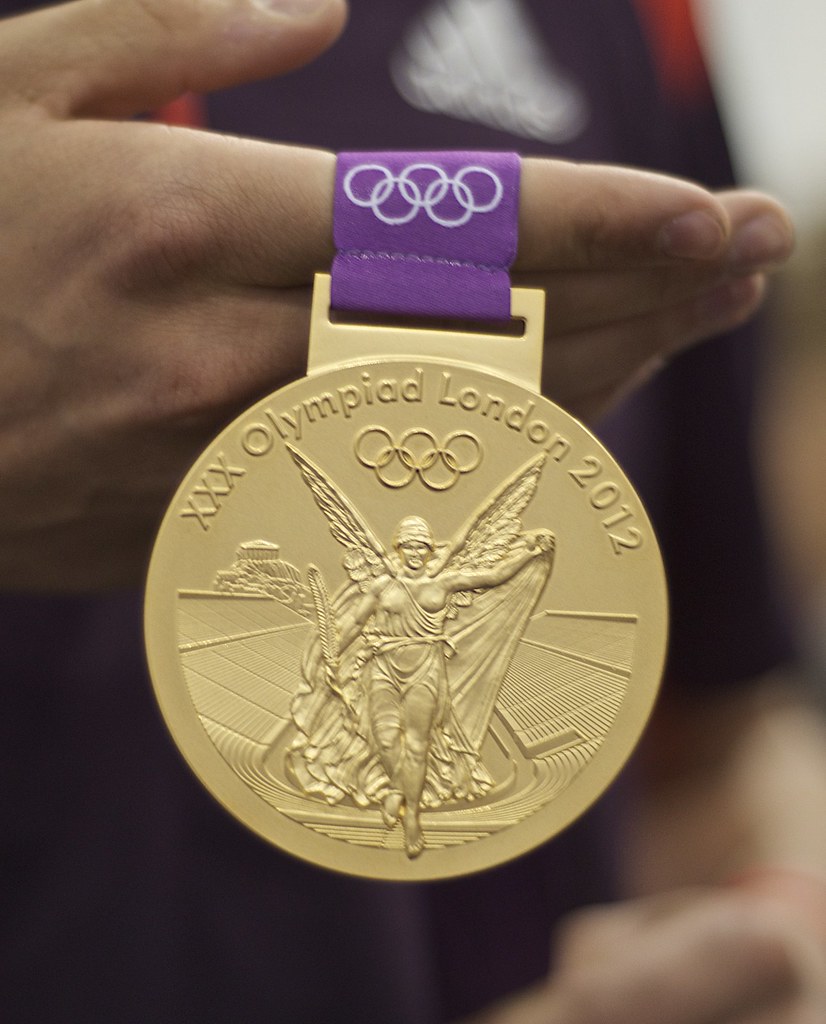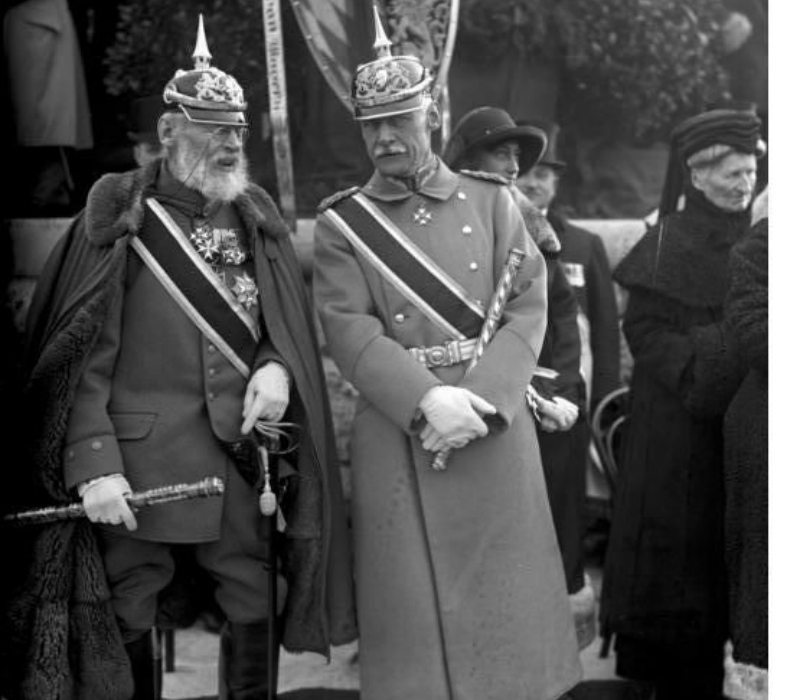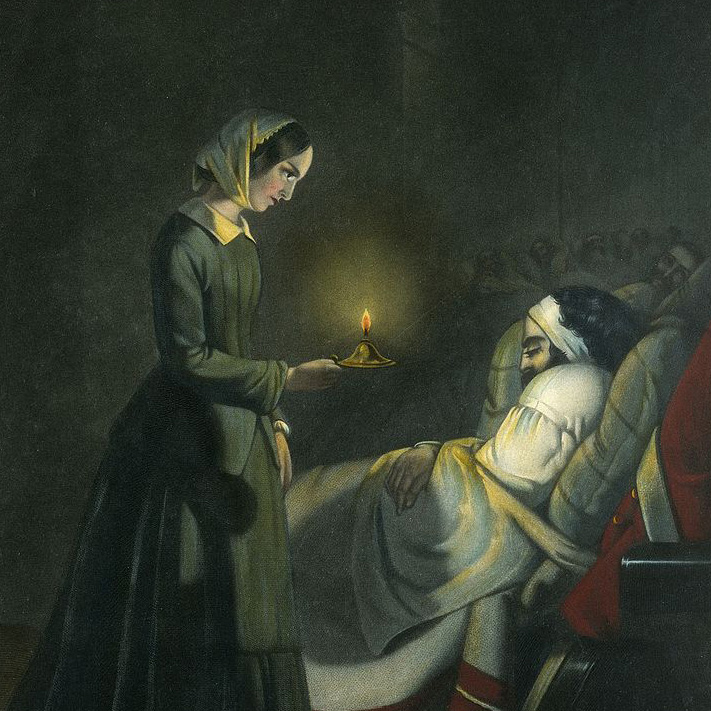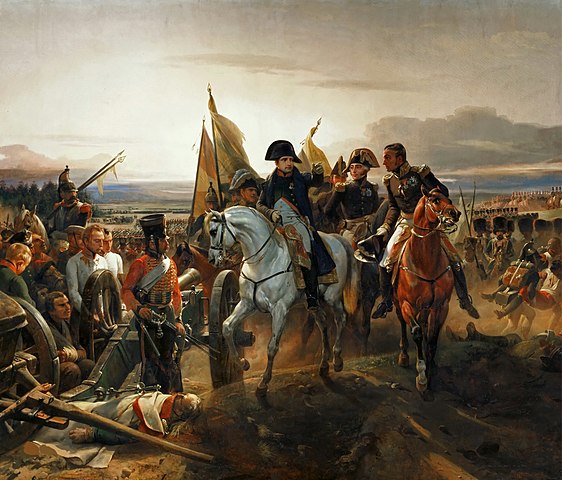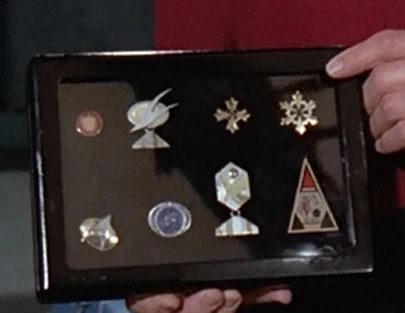After World War II, the Allies quickly set to rid German and Austrian society and culture of the Nazi ideology. Awards and medals, too. This process had several key components, including the division of Germany into four occupation zones (each controlled by one of the allied powers), the removal of nazi symbols, and the disbanding of nazi organizations. This included, of course, the redesign of many German medals and awards.
In this article, we will delve into the five most expensive military medals and awards from Nazi Germany / Third Reich Germany and explain why they these WW2 badges and awards tend to sell for much more than your usual medal at auction. All public displays of Nazi symbols, such as swastikas and flags, were banned in Germany after WW2. Nazi propaganda materials were confiscated and destroyed, too. As the Allies worked to establish democratic institutions in Germany, including a new constitution, free elections, and the rule of law, here’s how things changed for the country’s insignia.
Reshaping Post-War Germany Medals
Denazification, the process of purging Nazi ideology, organizations, and individuals from German society after World War II, played a significant role in reshaping post-war Germany. Alongside the removal of Nazi symbols and the dismantling of Nazi institutions, and as we mentioned above, denazification also had an impact on German medals and awards.
One key aspect of denazification was the transformation of existing German medals and the creation of new ones to reflect the values of democracy and human rights, rather than the Nazi ideology. This was especially important as medals and awards had been used by the Nazi regime for propaganda and to honor individuals who promoted Nazi principles.
Here are some ways denazification influenced German medals:
Reevaluation of Existing Medals: Many pre-existing German medals were reevaluated to determine if their namesakes or the reasons for their award were associated with Nazi crimes or propaganda. Those found to have Nazi connections were often discontinued or renamed to reflect their historical significance rather than their Nazi connotations. For example, the German Cross‘ design replaced the central swastica for the iron cross.
Introduction of New Medals: New medals and awards were introduced to honor individuals and organizations who contributed to the reconstruction of Germany and the promotion of democratic values. For example, the Order of Merit of the Federal Republic of Germany (Bundesverdienstkreuz) was established in 1951 to recognize outstanding contributions to society, science, art, and politics.
Changes in Design: The designs of some existing medals were altered to remove Nazi symbolism or references. This included modifications to the Iron Cross and other military medals to ensure they represented the post-war democratic Germany.
Criteria for Awards: The criteria for receiving medals were also adjusted to reflect democratic values. Medals were awarded not just for military valor but also for contributions to society, culture, and humanitarian efforts in line with the new democratic principles.
Educational and Cultural Promotion: Some medals and awards were linked to educational and cultural programs aimed at promoting democracy and human rights. This was a way to use medals as tools for cultural and ideological transformation.
Military Medals: In the case of military medals, their design and criteria were adapted to honor not only military valor but also service to the new democratic Germany and international peacekeeping efforts.
Denazification, therefore, extended to the realm of medals and awards, reflecting the broader effort to redefine Germany’s national identity, values, and societal norms after the defeat of the Nazi regime. By adapting and creating new medals that celebrated democratic principles, Germany sought to distance itself from its Nazi past and build a more inclusive and democratic future.

